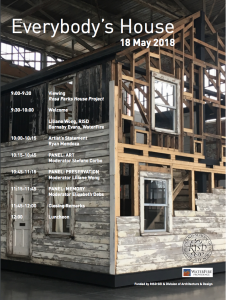Making Use of the Tools We Have
This week the Museum of Modern Art (MoMA) announced that they will be closing their doors for four months later this year to complete their ongoing renovation and completely rehang their collection. When the museum reopens in the fall, they will rotate their collection more …






